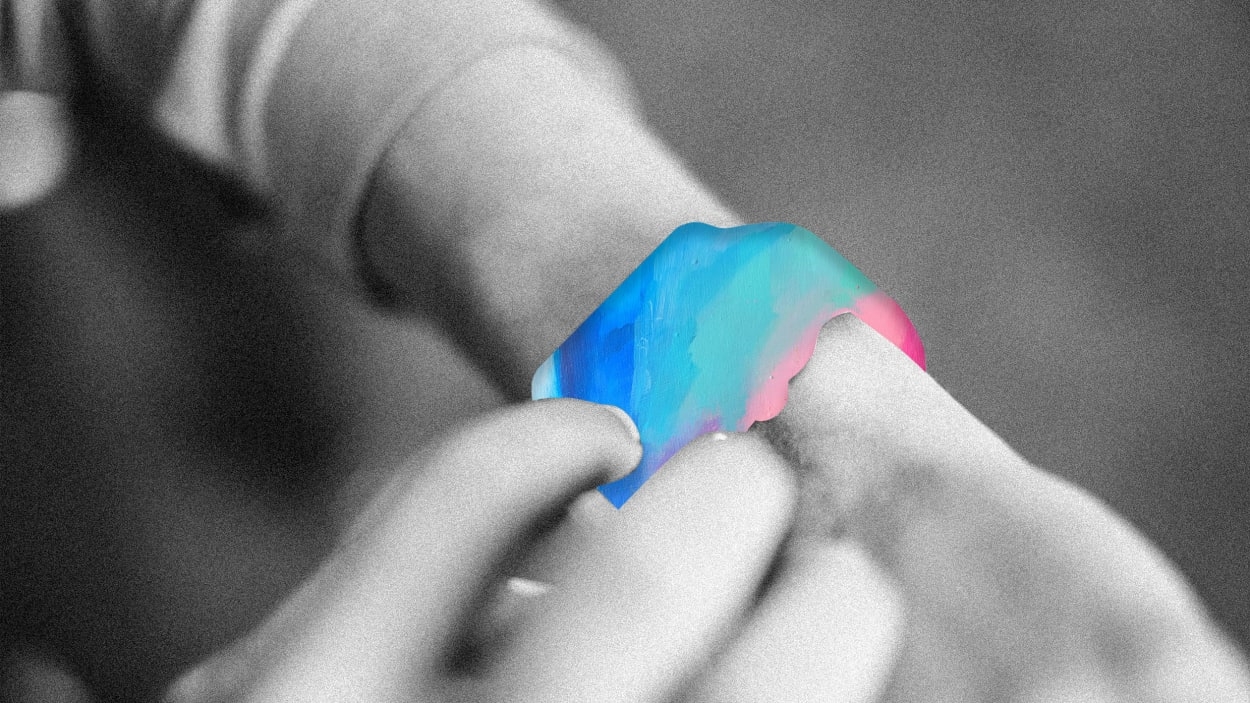These 4 features could make Apple’s 10th-anniversary ‘Watch X’ a banger
The Apple Watch is already closing in on its 10th birthday (and this veteran tech reporter is beginning to feel very old as a result). As Bloomberg reporter Mark Gurman wrote this week, Apple wants the 10-year-anniversary Watch to be something special, like the 10th anniversary iPhone X, which was the first of Apple’s phones that could unlock via facial recognition.
The 10th anniversary watch could be called “Apple Watch X,” Gurman reported, and will be released in 2024 or 2025. The report was a bit thin on how exactly Apple intends to revamp the Watch, but Gurman mentioned a few features the company might add. He suggested that a more svelte chassis may be in the works, as well as a new magnetic band system, a brighter and sharper microLED display, and possibly a new sensor system for blood-pressure monitoring.
Those are all perfectly reasonable additions, but fairly predictable and a bit tame. I’d like to see Apple go big and add some groundbreaking features to the device that would dramatically increase its usefulness. Here are four additions Apple might want to consider, and why.
A camera
People have been talking about adding a camera to the Watch for years, but Apple has always resisted. Other watchmakers, such as Samsung, have added a camera to smartwatches but then abandoned the feature in successive versions. Part of the reason? There were no cool apps that used the camera in cool ways. But using FaceTime on a Watch has always seemed appealing. And adding photos or short videos shot from the wrist to social apps might be fun or useful, not to mention the safety value in having a wrist device that could visually report dangerous situations, and call for help. With its microphones, the Watch already has ears. A camera would give it eyes.
Blood-sugar monitor
Apple has of course added a number of health features to the Watch, including a heart beat monitor, fall detection, and even an ECG reader. I suspect that these features are used mainly by runners, elderly people, or people with heart troubles. But a blood-sugar monitor would be different. It would definitely be valuable to people with diabetes, but others as well: Blood sugar tells so much about our diet and the way our bodies use food from hour to hour that its addition could be more broadly beneficial. Getting accurate blood-sugar readings using light sensors (instead of a skin prick) has been a big challenge, but Apple has reportedly been working hard on it. Mobile-health-app developers would be thrilled to add this new input to their data sets. And a blood-sugar monitor could add its data to Apple’s Health app.
Significantly more battery life
Apple has always grappled with the trade-off between a small chassis size and a battery large enough to provide a reasonable time period between charges. Unfortunately, the lithium-ion batteries used in smartwatches are a mature technology, and scientists have not been able to achieve large increases in their capacity. At the moment, the newest Apple Watches can go about 36 to 48 hours (in my experience) without a recharge. Apple may, however, be able to make a new watch whose components use less power than those in previous iterations. It might also find a new (i.e., larger) design that looks good and provides more space for a larger battery. However they do it, it would be a welcome and long-awaited improvement.
A much smarter Siri
Siri is arguably more important on the Watch than on other Apple devices because it lacks the screen space to accommodate easy typing, expressive touching, and mousing. Voice input is often ideal. Siri can already do things like read your emails to you (into your AirPods, perhaps), and it’s easy to use it to compose texts. But Siri is limited on the Watch, as it is on other iDevices.
It would be great to be able to talk to Siri on the Watch if it understood more things. If the Siri assistant was powered by a large language model running on one of Apple’s formidable chips, users get more done without ever having to touch the Watch’s screen. It would be possible to have a back-and-forth with Siri that advances toward the assistant understanding what you want, even if it’s something complicated or requires multiple steps to complete.
I’m not holding my breath for this new Siri, though, because Apple has been slow to develop and deploy generative AI in consumer-facing devices and apps.
The story of the Apple Watch is about a wearable that becomes capable of doing more and more of the things we usually do with the iPhone. Apple has gradually advanced the Watch in that direction, but the device could still be much more autonomous. In general, I hope the 10th-anniversary Watch clocks in with a big step forward in the not-too-distant future.
(25)



